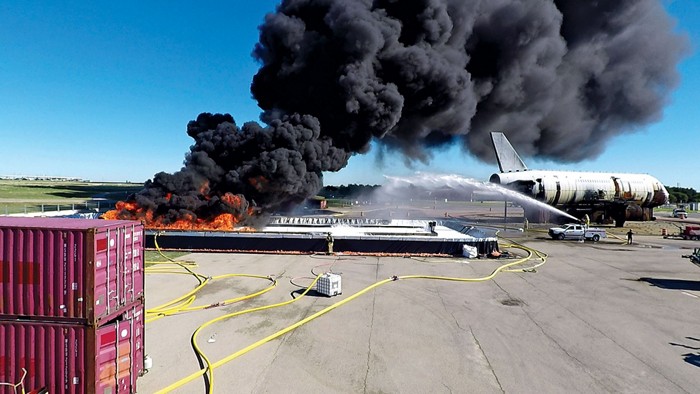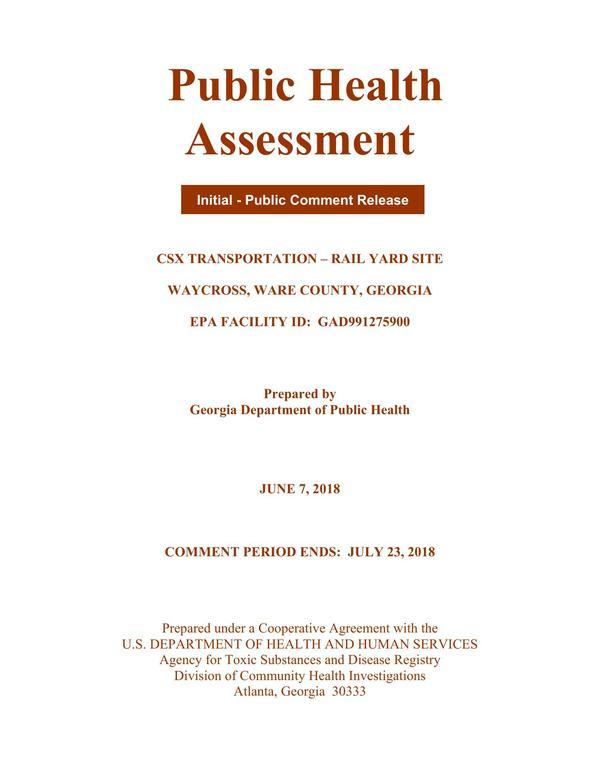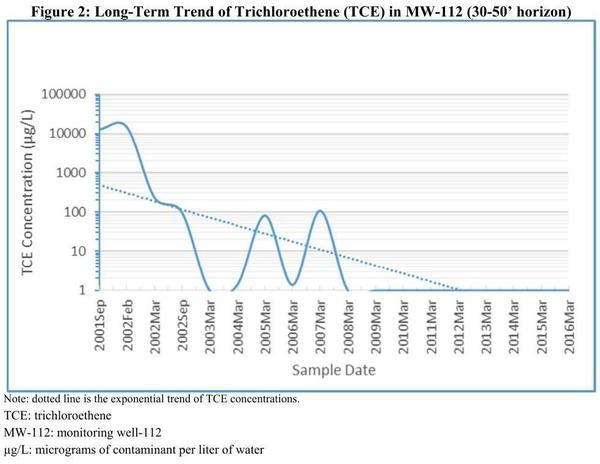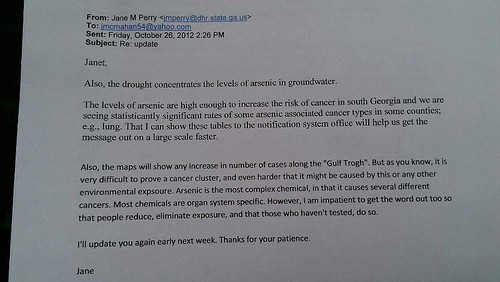It’s time for the state of Georgia and the U.S. Congress to set limits, and appropriate funds for testing and remedial actions, as the evidence and lawsuits pile up about those firefighting chemicals spilled from Moody AFB and many other places.
What is the price of fire safety? As lawsuits pile up and government pressure rises, firefighting-foam makers reconsider the environmental cost of fluorosurfactants, by Marc S. Reisch, Chemical and Engineering News (c&en), JANUARY 14, 2019 | APPEARED IN VOLUME 97, ISSUE

Photo: Large Atmospheric Storage Tank Fires project
Firefighters spray fluorine-free foam on a hydrocarbon test fire at Dallas Fort Worth Airport.
Testifying to Congress in September 2018 before it passed the legislation allowing civilian airports to use fluorine-free foams, Timothy Putnam, a 24-year civilian firefighter for the navy, said he recalled using fluorine-containing foam—in the days before scientists raised safety flags—“as a substitute for vehicle soap to wash fire department vehicles. We also used [it] to clean the fire station floors.”
Now, Putnam said, he is worried about “human impacts” of the exposure. And he didn’t accept the argument that Continue reading








